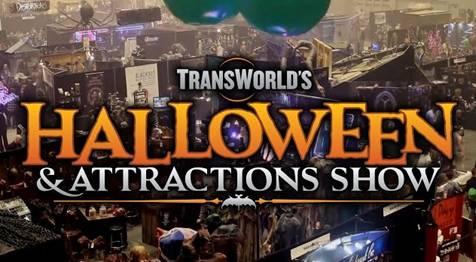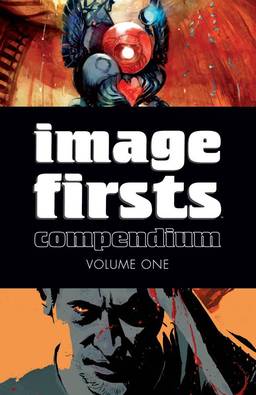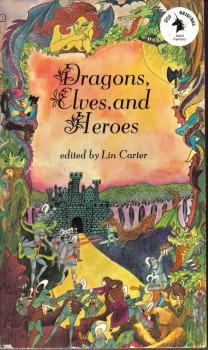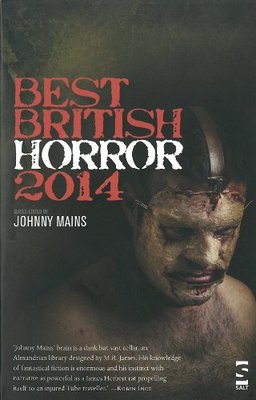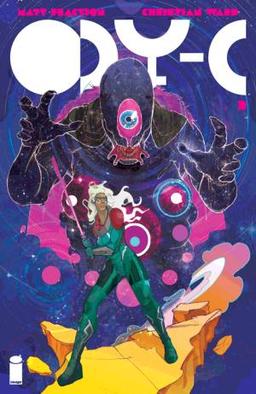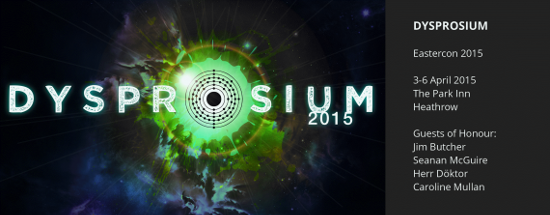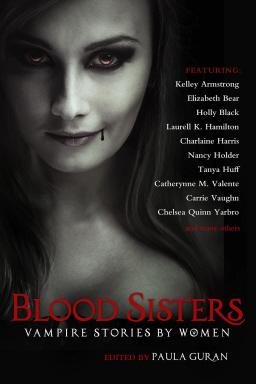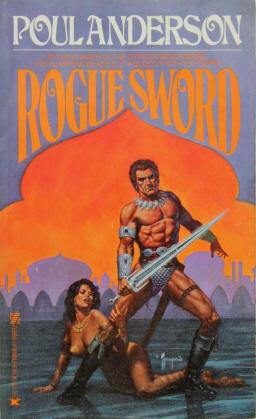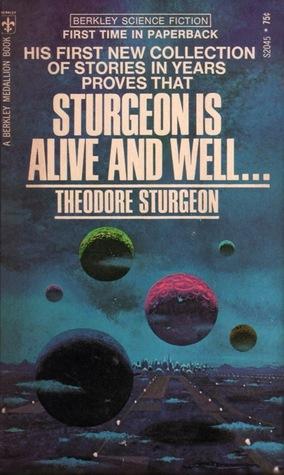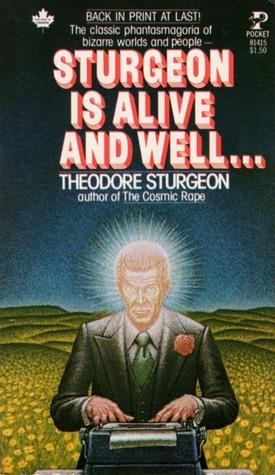There Will be Blood Books
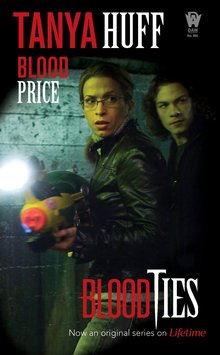 The great thing about the people in Tanya Huff’s Blood Books is that they act like… well, like people. This is remarkable for two reasons. First, not all of them are people; second, not all authors allow their characters to act like themselves all the time. Huff insists on it. Even when it makes writing the story difficult.
The great thing about the people in Tanya Huff’s Blood Books is that they act like… well, like people. This is remarkable for two reasons. First, not all of them are people; second, not all authors allow their characters to act like themselves all the time. Huff insists on it. Even when it makes writing the story difficult.
Let me qualify. All the characters in the Blood Books are people. Not all of them are human. They do act like themselves all the time, which isn’t to say that they act the way you expect them to. Not at all. More often than not, they’ll surprise you. But they’ll surprise you in a way that makes you go “Oh! Wow!” And not in a way that makes you go “Huh? What?”
The human protagonist, Vicky Nelson, was an extremely successful police detective, the kind who doesn’t suffer fools, and therefore doesn’t make a lot of friends among her peers. When she develops night blindness, she has two options, take a desk job, or leave the force. Being who she is, she chooses to leave the force and start her own detective agency. She’s stubborn, arrogant, and strong – exactly the kind of person you’d need if you were in trouble. Immanent blindness doesn’t change that.
The vampire protagonist, Henry Fitzroy, is the Duke of Richmond, the bastard son of Henry VIII. He doesn’t act like a young man living at the end of the 20th century. He acts like the son of a king, who’s been around for 450 years, has actually lived through all the changes that took place in those years, and who subsequently knows how to pretend that he’s a man living in the 1990’s. He’s a vampire, but he’s also the son of a powerful king, so for him, “territory” always has two meanings.
